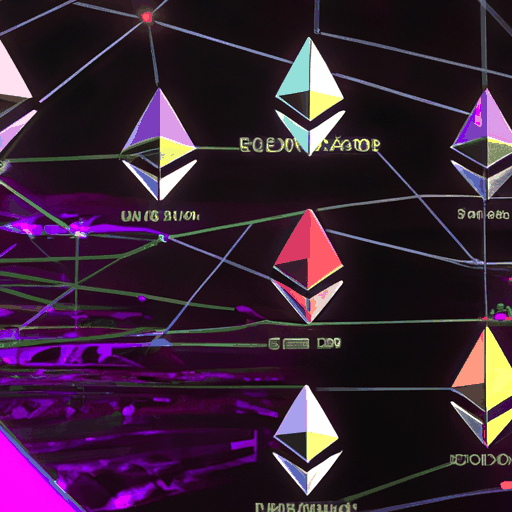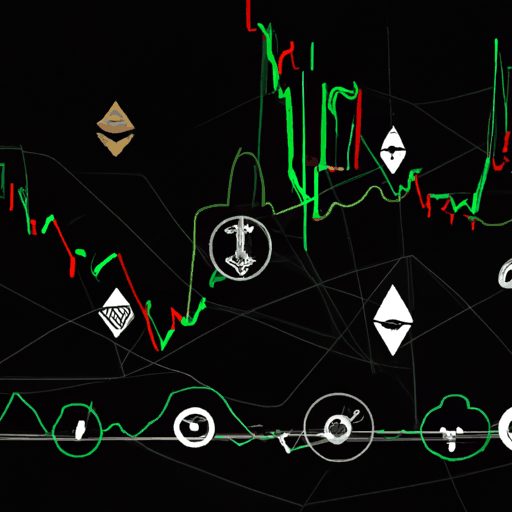
Ethereum's Pectra Upgrade: A Significant Leap Forward
By: Eliza Bennet
On May 7, 2025, Ethereum made a significant technological leap with the implementation of its Pectra upgrade. Aimed at streamlining both the user experience and developer operations, this new development brings a host of improvements to the Ethereum ecosystem. It represents a culmination of several highly anticipated updates that promise to enhance the blockchain's functionality and scalability.
Among the most notable changes introduced is EIP-7702, which allows externally owned accounts to function like smart contracts, enabling users to pay transaction fees with tokens other than Ether (ETH). This is expected to make Ethereum more user-friendly and accessible to a broader audience. Additionally, the Pectra upgrade incorporates EIP-7251, which increases the validator staking limit from 32 ETH to 2,048 ETH, simplifying operations for institutional investors and large stakers.
The path to the Pectra upgrade, however, was not entirely smooth. Ethereum developers faced a series of challenges, including issues on the Holesky testnet due to bugs linked to incorrect deposit contract addresses, and another problem on the Sepolia testnet caused by custom deposit contracts disrupting block processing. To overcome these setbacks, a new testnet called Hoodi was launched to finalize tests leading up to this major upgrade. After successful testing, Ethereum core developers confirmed the upgrade's readiness for deployment.
While the Pectra upgrade is expected to bring about positive changes in the Ethereum ecosystem, its initial impact on the market has been modest, with ETH's price experiencing only a slight uptick. As of the upgrade's release, the token traded at approximately $1,828, reflecting a 1.5% increase over the previous 24 hours. Despite this, the enhanced features and improvements introduced in the Pectra upgrade are poised to solidify Ethereum's position as a leading platform for decentralized applications and smart contracts, setting the stage for further developments in the near future.



